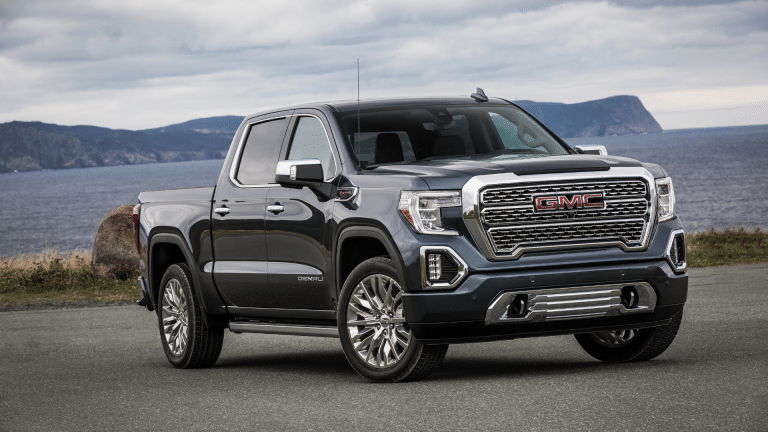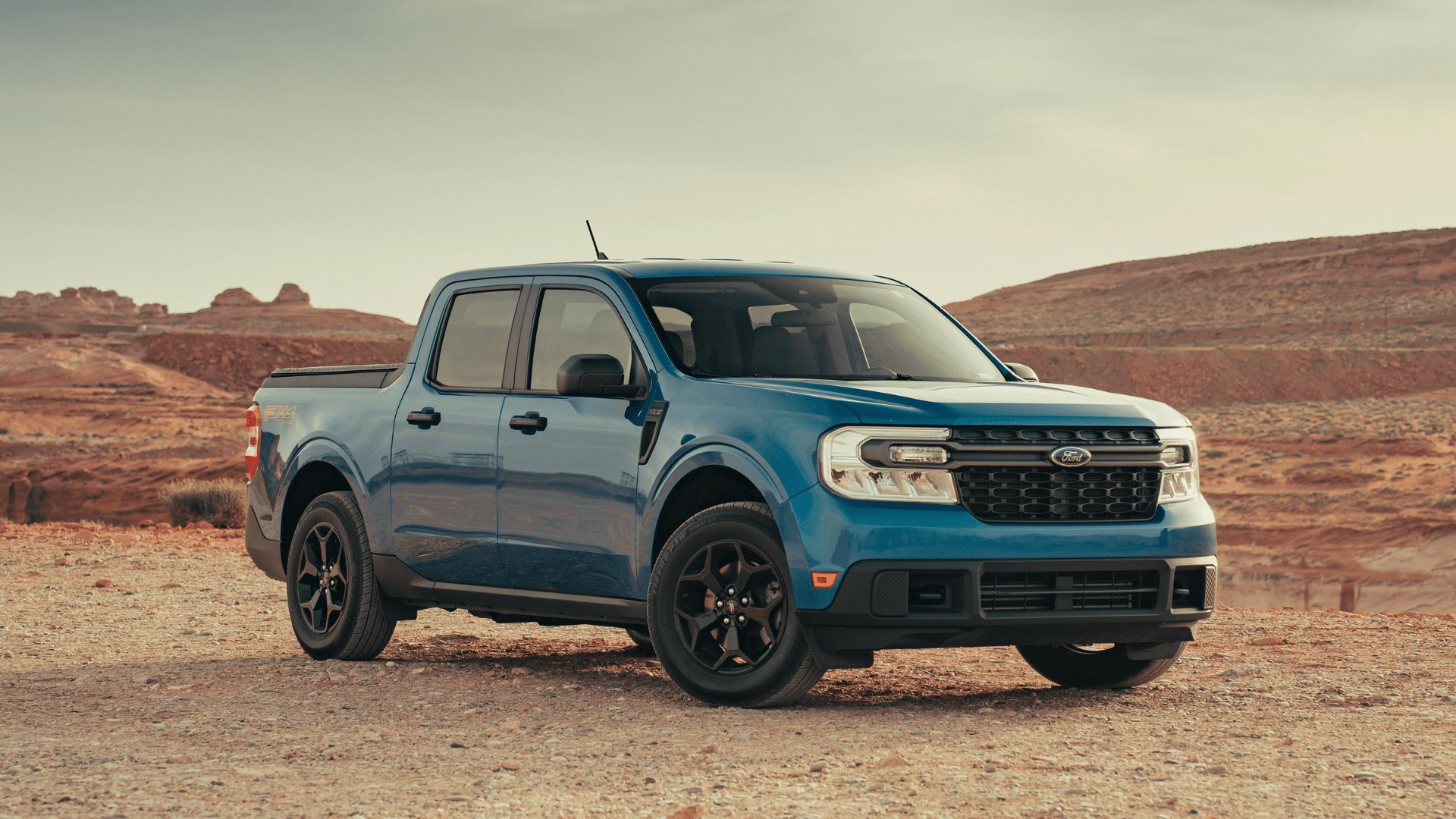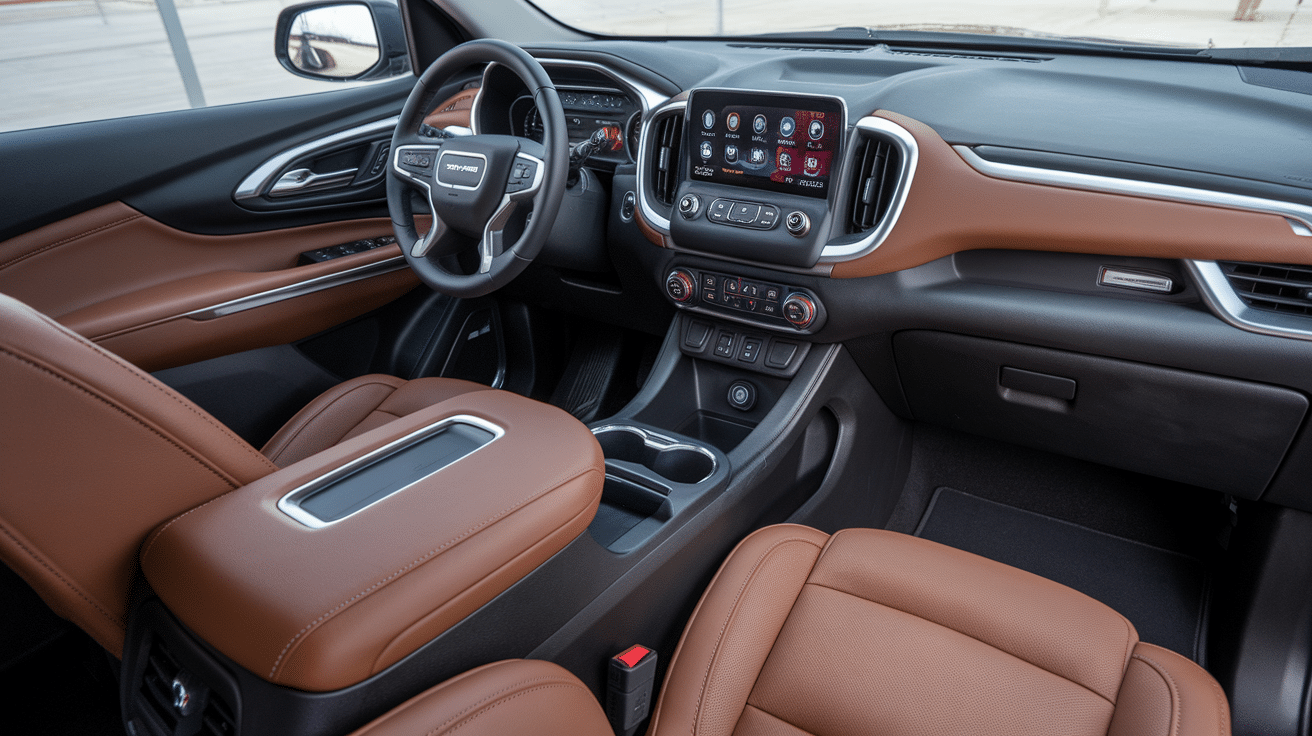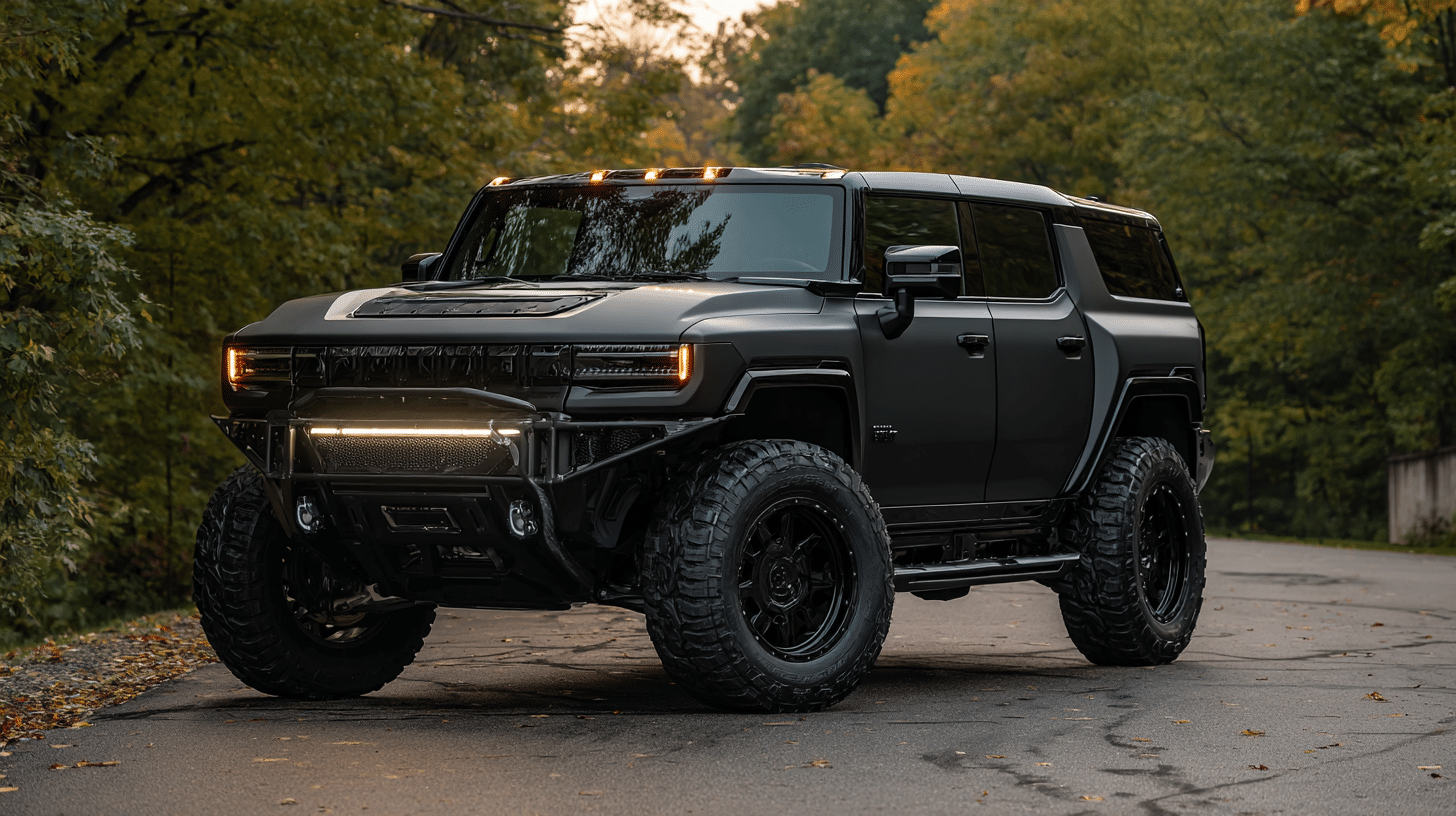If you’re thinking about buying a GMC Sierra or already own one, you might be wondering how much it weighs.
Truck weight isn’t just a number; it plays a big role in how your vehicle performs. It affects towing, payload, fuel use, and even how it handles on the road.
My guide will break down everything you need to know about the Sierra’s weight, from different model years to how weight impacts performance and fuel efficiency.
I’ll help you:
- Understand exact weight specifications
- Compare different Sierra trim levels
- Learn why truck weight matters
If you want to make smart decisions about hauling, parking, or fuel use, it starts with knowing your truck’s weight.
Why Knowing a GMC Sierra’s Weight Matters?
Ever wondered why truck weight is more than just a number on a spec sheet? Let me break it down in real-world terms.
When I first got into trucks, I didn’t realize how much weight could affect daily driving. But over time, I learned that it impacts almost everything.
Heavier trucks use more gas. A GMC Sierra weighing 5,000 pounds will burn more fuel than a lighter version. For every extra 100 pounds, you lose about 1–2% in fuel efficiency. That adds up quickly at the pump.
Driving a heavy truck isn’t like cruising in a compact. More weight means:
- Wider turning radius
- Harder parking in tight spaces
- Tougher time fitting into standard spots
Weight also limits how much you can tow. If you exceed legal limits, you risk fines, and your insurance might not cover damages.
It doesn’t stop there. Extra weight also affects:
- Brake wear
- Suspension stress
- Tire life
- Overall vehicle durability
Pro tip: Every pound counts. Knowing your Sierra’s weight helps you make smarter choices—whether you’re towing, hauling, or just getting around town.
How Much Does a GMC Sierra Weigh?
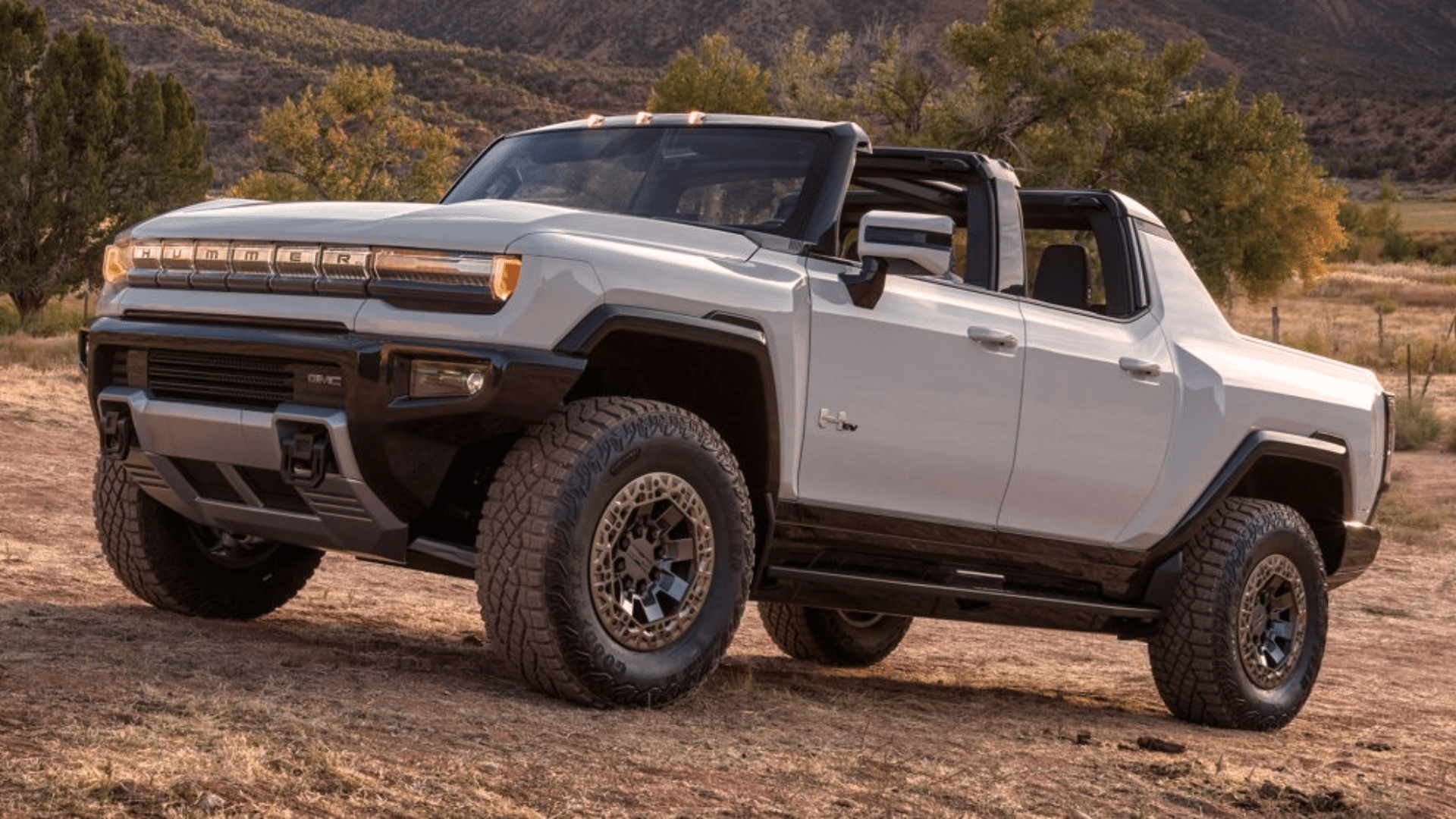
When I first looked into the GMC Sierra 1500, the numbers caught me off guard. Weight plays a big role in how the truck performs, from towing and hauling to fuel use and handling.
Cab Configurations
- Regular Cab: Lightest option, around 4,500-4,700 pounds
- Double Cab: Mid-range, typically 4,800-5,100 pounds
- Crew Cab: Heaviest, usually 5,100-5,300 pounds
Engine Weight Differences
- V6 Engine: Lightest option, shaving off 100-150 pounds
- V8 Engine: Adds more muscle, increases weight by 150-200 pounds
- Diesel Engine: Heaviest, can add 300-400 pounds to your truck
Drive Type Impact
- 2WD Models: Lighter, more fuel-efficient
- 4WD Models: About 150-200 pounds heavier due to extra components
A base Sierra 1500 Regular Cab with a V6 engine and 2WD might weigh around 4,500 pounds. Bump that to a Crew Cab with a V8 and 4WD, and you’re looking at 5,300 pounds.
Pro Tip: Weight isn’t just a number. It affects everything from fuel economy to handling. The right configuration depends on your specific needs.
Weight of Other Models: Sierra 2500 HD and 3500 HD
Think the 1500 is big? Wait until you check out the 3500HD. When I first saw one up close, it was clear, these heavy-duty trucks are built for tougher jobs and bigger loads.
| Model | Cab Type | 2WD Weight | 4WD Weight | Notable Details |
|---|---|---|---|---|
| 2500HD Regular Cab | Short Bed | 5,900-6,200 lbs | 6,100-6,400 lbs | Work truck standard |
| 2500HD Double Cab | Standard Bed | 6,300-6,600 lbs | 6,500-6,800 lbs | Family and work combo |
| 3500HD Crew Cab | Long Bed | 7,100-7,400 lbs | 7,300-7,600 lbs | Maximum passenger space |
| 3500HD Dually Crew Cab | Long Bed | 8,400-8,700 lbs | 8,600-8,900 lbs | towing beast |
Pro Tip: Weight gives you key info about what a truck can handle, like towing, payload, and overall strength.
A 3500HD dually isn’t just a pickup; it’s built to carry serious loads and handle tough jobs. Knowing the weight helps you match the truck to the work you need to get done.
Dimensions of a GMC Sierra
Size matters, but maybe not in the way you expect. When I first started looking at trucks, I assumed the biggest one was the best choice. Turns out, that’s not always true.
The right truck is the one that fits your needs, not just the one with the largest frame or heaviest build.
1. Sierra Size Basics
The GMC Sierra comes in three main cab sizes: Regular Cab, Double Cab, and Crew Cab. Each one changes the truck’s overall length and interior space.
The Regular Cab is the most compact, while the Crew Cab is the longest, offering more passenger room. You also get different bed length options, so you can choose based on how much cargo space you need.
2. Length Breakdown
Depending on the cab and bed combination, a Sierra 1500 can range from about 17 to 20 feet long.
That might sound big, but it depends on what you’re comparing it to. A Regular Cab with a short bed is much easier to park and turn than a Crew Cab with a long bed.
When driving a full-size truck, parking quickly becomes a skill you’ll want to master.
3. Width and Height Considerations
Most GMC Sierras are around 6.5 to 7 feet wide and about 6 to 7 feet tall. These measurements don’t seem too big until you’re trying to fit into tight underground garages or standard car washes.
It’s important to know your truck’s size before pulling into places with limited space or clearance.
4. Garage and Parking Challenges
Before you buy a Sierra, measure your garage. I learned this after realizing my truck didn’t quite fit.
Some trims of the Sierra are too tall or long for standard home garages. You might need wider doors, more height clearance, or to rethink how you park.
A quick check ahead of time can save you from a major headache later.
5. Handling and Size Trade-offs
Larger trucks come with some compromises. They take wider turns, need more space to stop, and don’t feel as quick or responsive in tight areas.
If you do a lot of city driving or need to park in small spaces, size will matter. That doesn’t mean bigger is bad; it just means you’ll want to match the truck to how and where you drive.
Curb Weight vs. Gross Vehicle Weight: What’s the Difference?
Ever scratched your head over truck weight terms? I sure did when I first started learning about trucks. Let’s clear up the confusion.
| Term | Definition | What It Includes | Why It Matters |
|---|---|---|---|
| Curb Weight | The weight of the truck when completely empty |
• Factory-installed equipment • All standard fluids • No passengers or cargo |
Helps understand the base truck weight |
| Gross Vehicle Weight Rating (GVWR) | The maximum total weight the truck can safely carry |
• Curb weight • Passengers • Cargo • Tools • Trailer tongue weight |
Critical for safety and legal limits |
Think of it like packing for a road trip. Curb weight is your empty suitcase. GVWR is that suitcase plus everything you’re taking: clothes, snacks, camping gear, and maybe your dog.
Pro Tip: Never exceed your truck’s GVWR. It’s not just a number; it’s about keeping you, your passengers, and your truck safe on the road.
GMC Sierra: Payload and Towing Capacity
Ever loaded a truck and wondered, “Am I pushing my limits?” I’ve been there. Let’s break down what your Sierra can really handle.
Payload
Payload is all about what you can carry in the bed and cab of your truck. Think of it like loading up a giant lunchbox. For a GMC Sierra 1500, that could include:
- 4–6 bags of mulch
- 2–3 dirt bikes
- A full set of construction tools
- Weekend camping gear
The typical payload capacity ranges from 1,500 to 2,300 pounds, depending on the trim and setup. It’s a solid amount, but it does have limits.
Towing
Towing is a different job. Instead of what goes inside the truck, it’s about what your Sierra can pull behind it. A properly equipped Sierra 1500 can tow up to 9,500 pounds. That’s enough for:
- A small boat trailer
- A camper
- A horse trailer
- Several ATVs
Why Limits Matter?
Going over your truck’s weight limits can cause real problems. You risk damaging the suspension, stressing the brakes, voiding your warranty, or even causing an accident.
Pro Tip: Weight isn’t just a number. It affects safety, performance, and how long your truck lasts. Stick to the limits and your Sierra will thank you.
GMC Sierra vs Other Trucks Compared
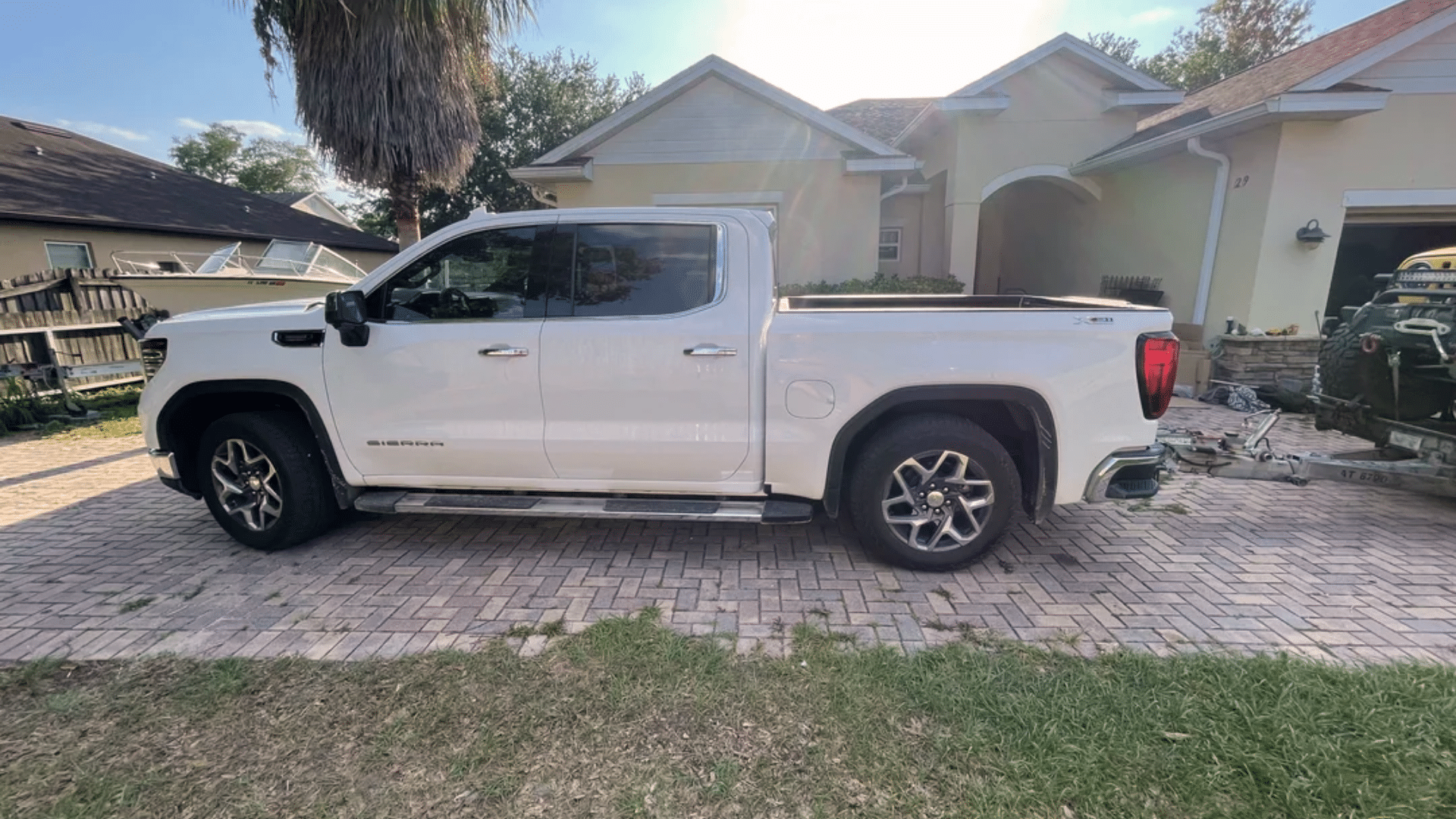
Shopping for a truck is a lot like choosing a partner; everyone has their preferences. When I started comparing different models, I noticed that each brand brings something unique to the table.
| Truck Model | Average Curb Weight | Key Differences |
|---|---|---|
| GMC Sierra 1500 | 4,900-5,300 lbs | Balanced weight distribution |
| Ford F-150 | 4,700-5,100 lbs | Lighter aluminum body |
| Ram 1500 | 4,800-5,200 lbs | Smooth ride suspension |
| Chevy Silverado | 4,900-5,300 lbs | Nearly identical to Sierra |
Weight isn’t everything. Fuel economy varies by about 1-2 miles per gallon between these trucks. My advice? Test drive before you buy.
Each truck has its own strong points. The GMC Sierra stands out by offering a good balance of comfort, performance, and reliability. It doesn’t go over the top, but it doesn’t fall short either.
For many drivers, it hits that middle ground just right, practical, capable, and easy to live with.
Conclusion
When I started paying attention to specs, I quickly learned that weight plays a big role in how a truck performs on the job and on the weekend.
It affects how much you can safely carry, how far your fuel will go, how the truck handles, and even how safe it is in certain situations.
Open your driver’s side door and look for the label, which shows key weight info like gross vehicle weight rating and payload. That small sticker gives you the facts about what your GMC Sierra is built to handle.
Match your truck to your actual needs. Whether it’s hauling gear, towing a trailer, or just running errands, knowing your weight limits helps you choose the right setup.
It’s not just a number; it’s a key part of picking the right truck for your everyday life.


